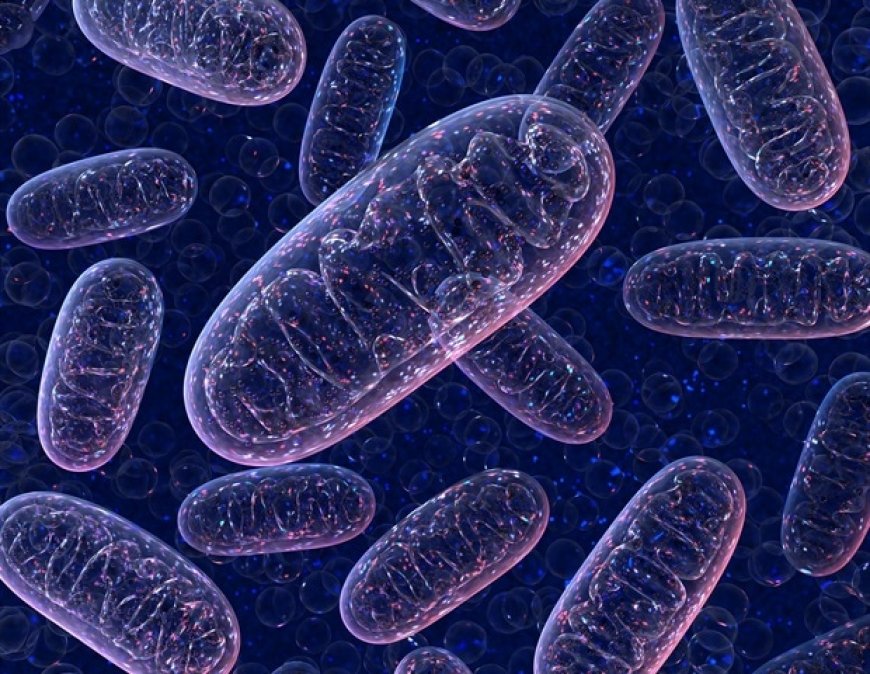New Technique Reveals Mitochondrial Activity in Live Animals
Researchers have developed a new imaging technique that allows them to observe mitochondrial activity inside live animals. By combining advanced microscopy, gentle tissue stabilization, and sophisticated image processing, they were able to achieve double the resolution of traditional microscopes. This breakthrough enables scientists to study cellular processes in a natural environment, offering insights into disease development and treatment at the organelle level.

In this study, researchers developed a new imaging approach that combines two powerful techniques to capture high-resolution images of tiny moving structures inside live tissues. They used a two-photon microscope to look deep into tissues with minimal damage and a custom-made holder to keep the tissue steady. Advanced computer algorithms were then used to enhance the images, doubling the resolution to see details smaller than 250 nanometers.
Using a genetically modified mouse model, the researchers observed how mitochondria behave in real-time under different health conditions. This breakthrough allows scientists to study the smallest building blocks of life inside living tissues, offering new insights into cell behavior, disease development, and treatment responses.
The research group at Asan Medical Center and University of Ulsan introduces a groundbreaking technology for super-resolution imaging inside living animals, bridging engineering, medicine, and optics. Their work focuses on translating light-based technologies into clinical solutions, providing non-invasive insights into the human body and advancing medical diagnostics and therapy.
Specializing in bio-optical imaging systems and medical device development, the group aims to improve diagnostics and therapeutic interventions by visualizing biological tissues at cellular levels and identifying disease markers. Their research in Raman spectroscopy offers a promising approach for early disease detection and precise monitoring of therapeutic responses.
What's Your Reaction?
 Like
0
Like
0
 Dislike
0
Dislike
0
 Love
0
Love
0
 Funny
0
Funny
0
 Angry
0
Angry
0
 Sad
0
Sad
0
 Wow
0
Wow
0


















































































































































































